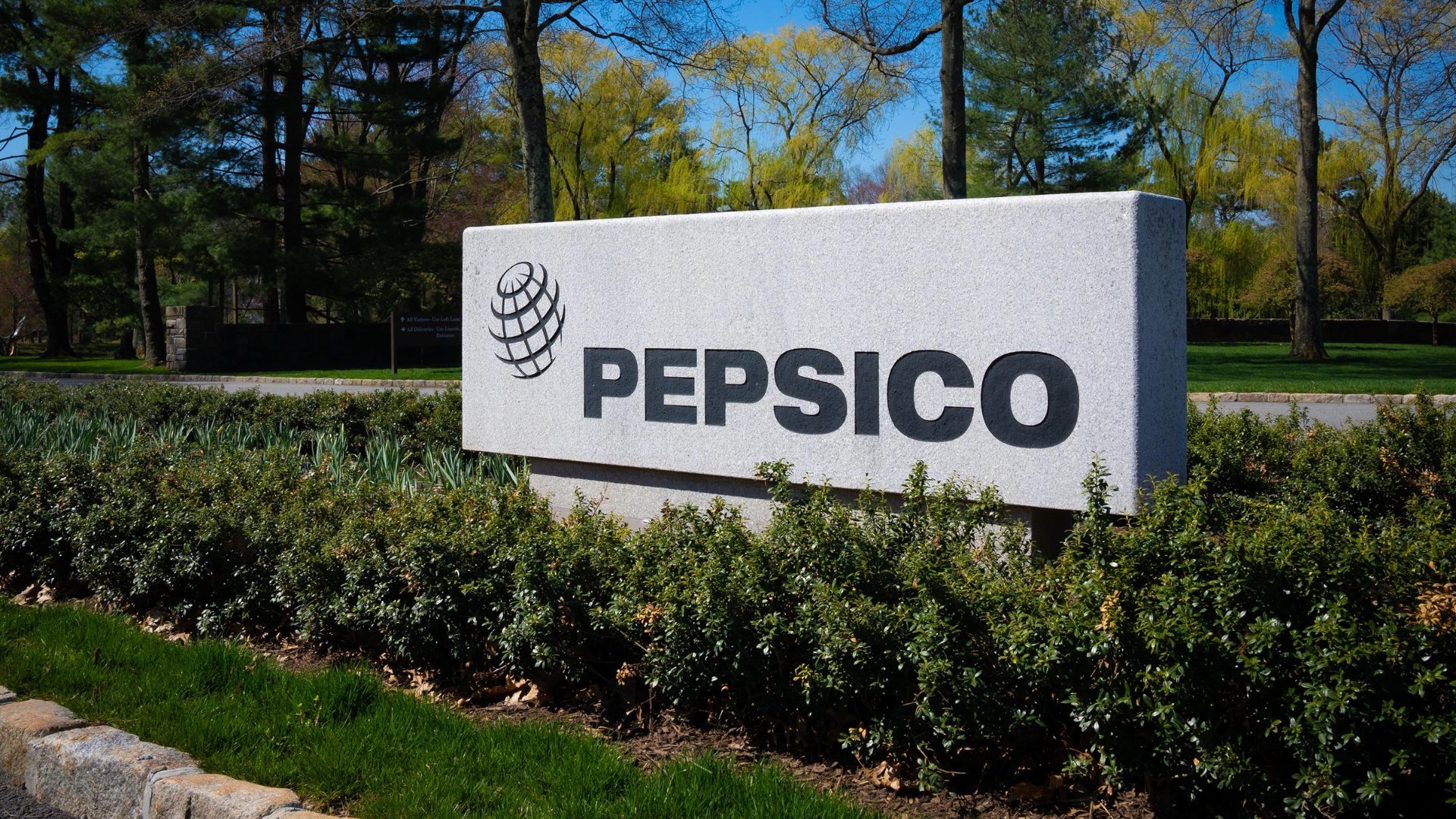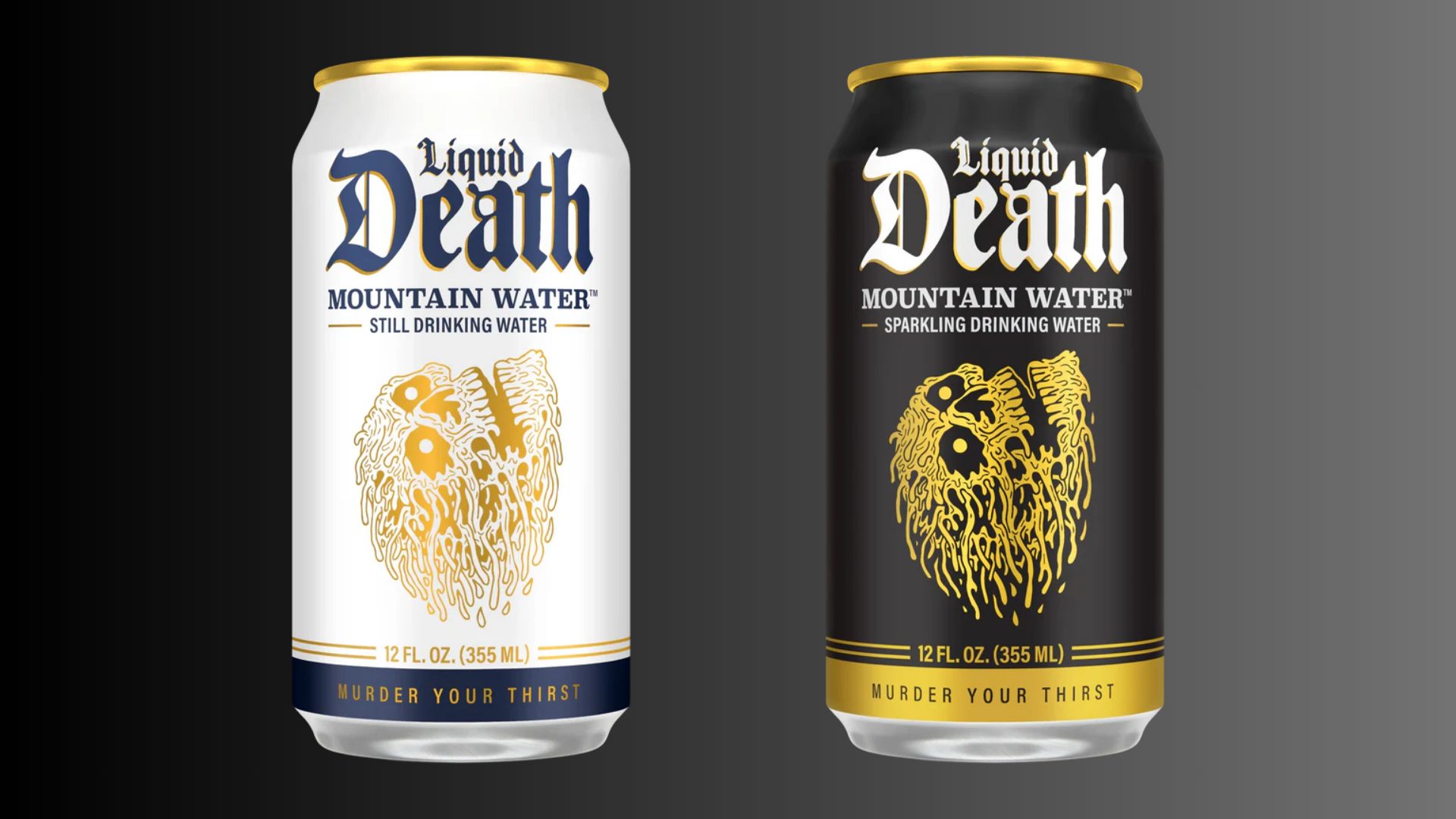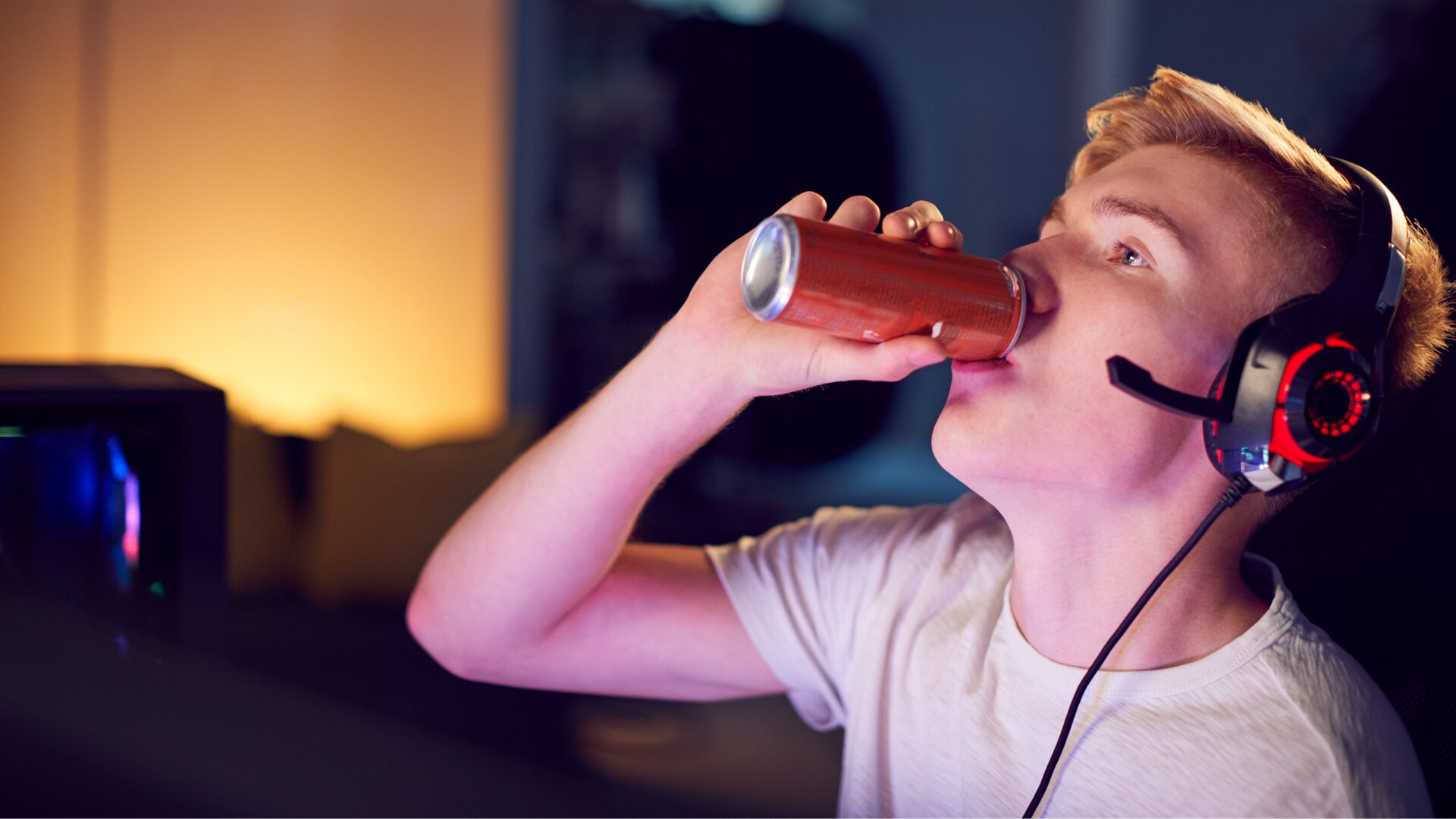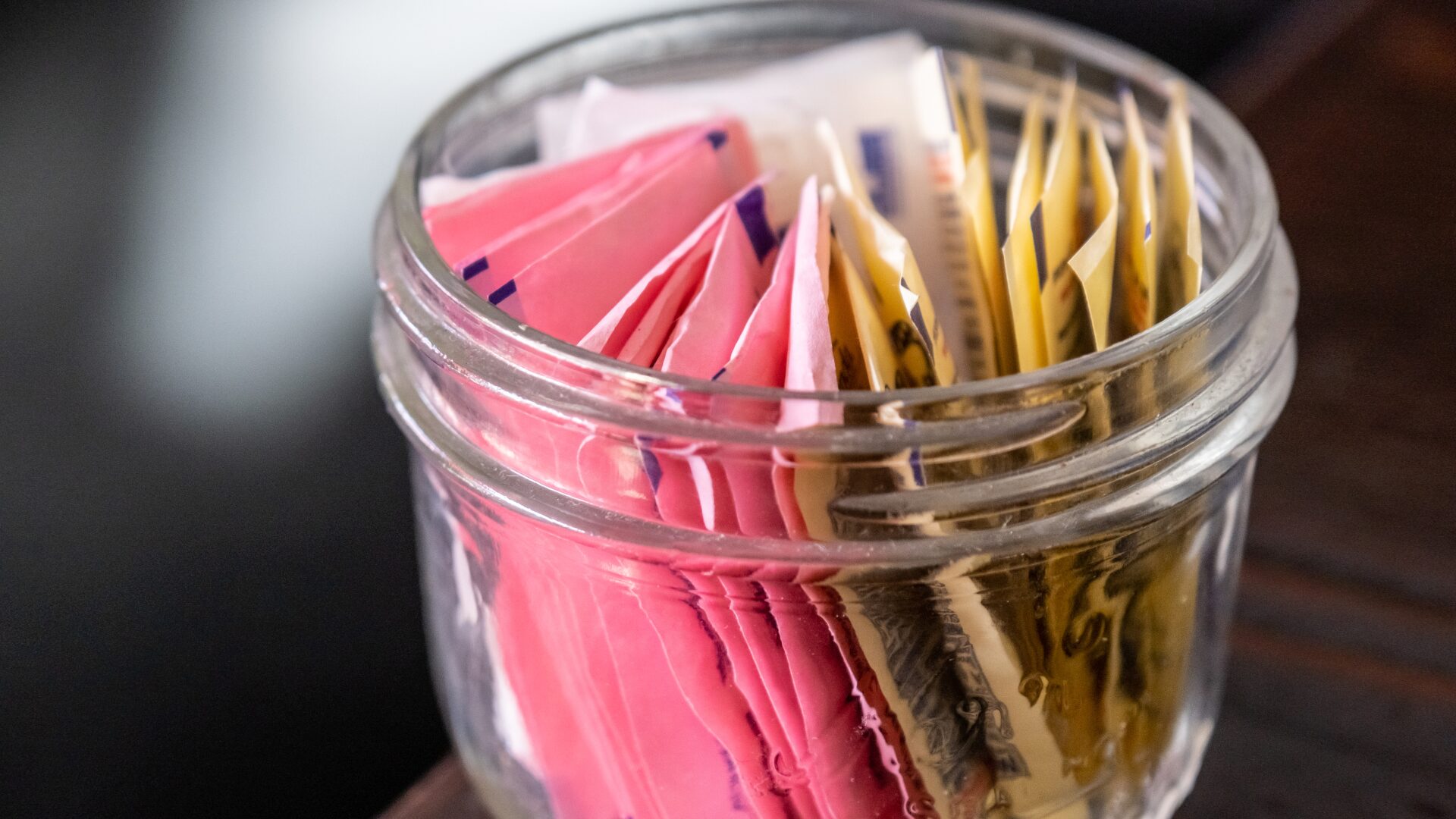A $4B Investment Aims for an Uncertain Turnaround at PepsiCo
Elliott Management just invested $4 billion in PepsiCo, betting it can fix what fizzled. The activist investor envisions a turnaround – assuming legacy brands can still thrive in a GLP-1 world.







































